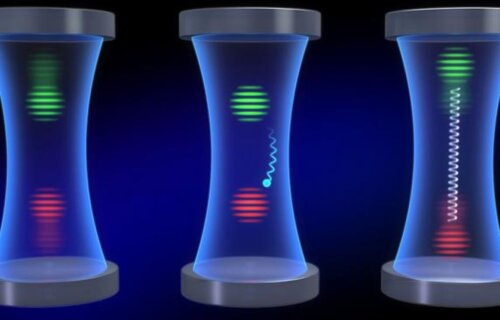

Kodi, formerly known as XBMC, is a popular media player and media center interface. It powers everything from custom home theater PCs to embedded players, and now version 20 is available, nicknamed “Nexus.”
Kodi 20 isn’t a groundbreaking release that will completely change how you stream media or use Kodi add-ons, but it is significant — the project said over 4,600 code changes went into this release. The blog post explains, “the majority of changes are ‘under the hood’ and invisible to users but improve the stability, performance, and safety of Kodi. API changes have been made to evolve Python and Binary add-ons and bring new skinning features. There are updates to Kodi dependencies on most if not all Kodi platforms.”
So, what’s new besides crucial fixes? Well, there’s full support for AV1 video hardware decoding, as well as compatibility with NFSv4 and HDR on Windows PCs. Context menus (right-click menus) have also been improved across the entire interface. The subtitle system has been reworked to support dynamic positioning, changing border and background colors, better positioning, and much more. Kodi can also save and load game states using libretro, and multiple instances of binary add-ons are supported for the first time.
Kodi is still one of the most popular media center experiences around, especially on DIY systems like Raspberry Pi players and home theater PCs. It’s commonly used on TVs and other places where remote control is most convenient, but Kodi is also available on desktop computers, Android phones and tablets, and other platforms. It has some overlap with Plex, which can also be used to play remote and local media, but it’s not quite a direct competitor.
You can download Kodi from the official site, and version 20 is rolling out now to software repositories. If you find Kodi useful, consider making a donation or buying merch to help support the project.
Source: Kodi










